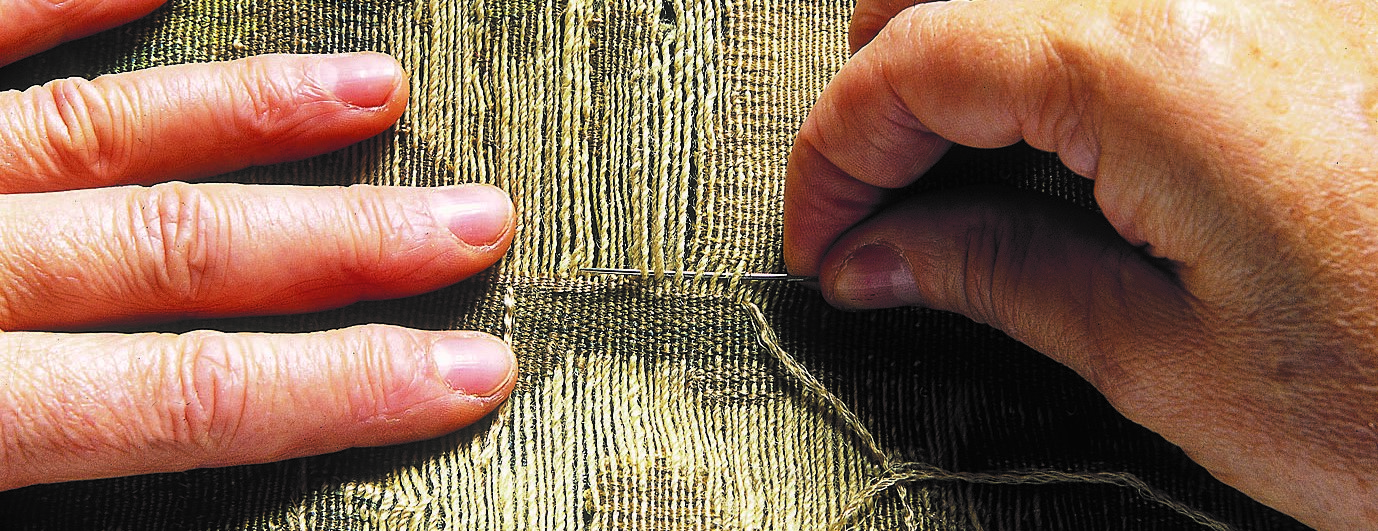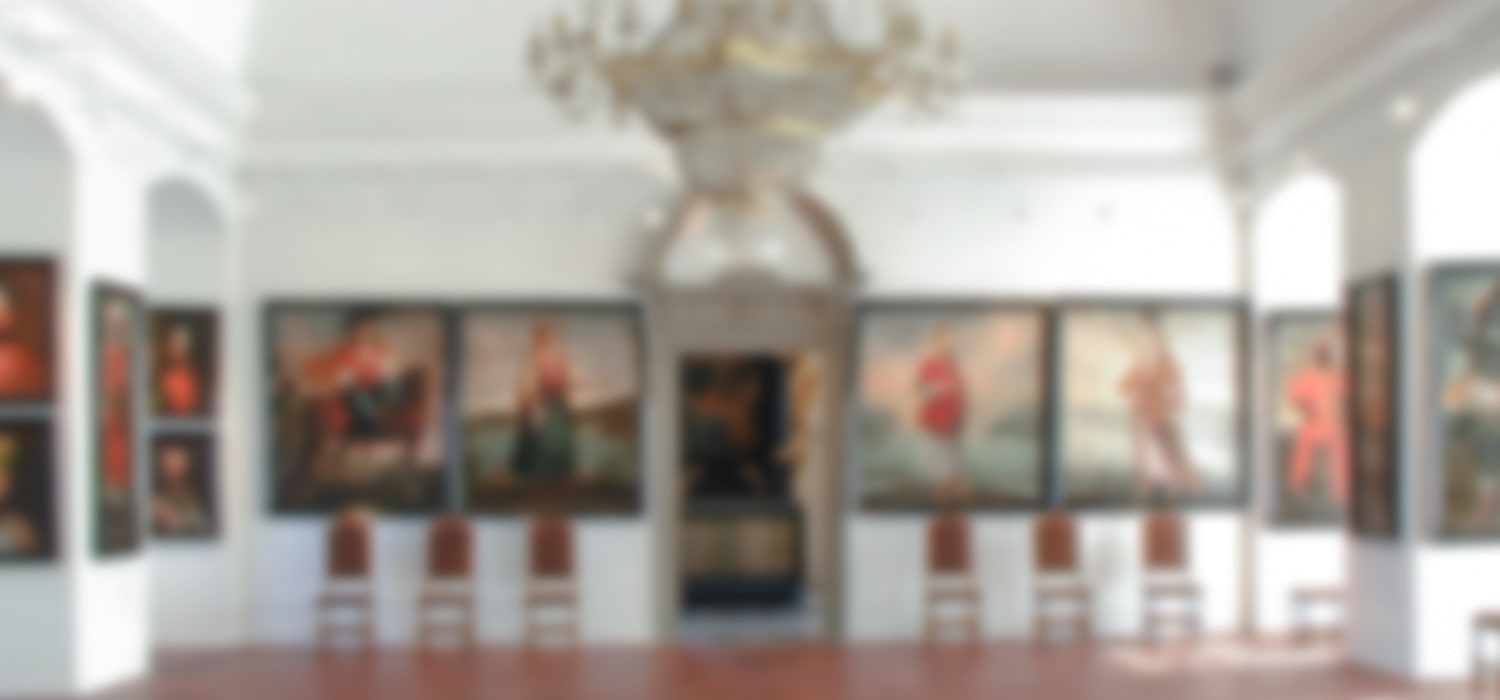THE WIDE WORLD OF FABRICS
BASIC WEAVING TECHNIQUES
Weaving is the process of interweaving two perpendicular systems of threads. This type of interlacing is called a weave. The warp threads run vertically and the weft threads run horizontally. Plain weave, twill weave, and satin weave are the three most basic types of weaving, but there are many other weaves that can be used to produce more complex and decorative fabrics. The names given to the fabrics depend on the origin of the fibres, the fineness or thickness of the yarn, the weave and its density, and the finish.
Plain Weave
Plain weave is the oldest type of weaving, in which the warp and weft are crossed alternately. The fabric has the same appearance on the reverse and face. Fabrics in plain weave include poplin, which is made of fine cotton yarn, batiste, a transparent fabric woven from very fine cotton yarn, taffeta, which is made of silk, cotton or flax-based linen, and canvas, a coarse cotton or linen fabric.
Twill Weave
In twill weave, one weft thread runs through at least two or more warp threads (weft face) or vice versa, when one warp thread runs through at least two or more weft threads (warp face). The weave causes diagonal lines to be visible on the surface of the fabric, which may run in either the right or the left direction. The face and the reverse are different – on one side the twill has a weft face, while on the other side it has a warp face. These fabrics are dense and durable. The main representative of twill weave is denim, which is woven from cotton yarn.
Satin Weave
Satin weave most often has four or more weft threads running over one warp or vice versa. Satin weave gives a soft sheen on the face and a matt effect on the reverse. Fabrics with satin weave have different names depending on their raw material composition, for example satin, which is woven from silk, and velveteen, which is woven from cotton.
Weaving Draft
The weaving draft is an outline of the weave on grid paper with the weave points drawn on it. The squares in the vertical direction represent the warp threads and the squares in the horizontal direction represent the weft threads. When the warp thread lies above the weft, such a crossing represents a basic interlacing point, which is indicated on the grid paper by a solid square; when the weft thread lies above the warp, it is indicated by an empty square. The size of the weave pattern is called a sequence or report, in which the first sequence is marked in black and the others in red.
Jacquard fabrics
Today, regardless of when they were created, fabrics with rich patterns are named after their inventor Jacquard. In 1805, the French weaver and merchant Joseph Marie Jacquard partially automated mechanical looms for weaving patterned fabrics using perforated cards. A system of perforated cards with a ‘record’ of the process of weaving a particular pattern replaced the manual lifting of warp threads. By pulling certain ropes, individual groups of warp threads were lifted according to the required design, and the weaver then inserted a shuttle with a coloured weft between them. In families of weavers, children performed the hard work of pulling the ropes.
THE PANEL SHOWS FABRICS DYED WITH SYNTHETIC DYES (SILK, SILK CREPELINE, WOOL, LINEN, AND COTTON) USED IN CONSERVATION AND RESTORATION PROCEDURES.
THE COUNTER SHOWS PLAIN WEAVE FABRICS MADE OF DIFFERENT RAW MATERIALS (SILK, WOOL, LINEN, COTTON, AND SYNTHETICS) AND DIFFERENT YARN THICKNESSES.

